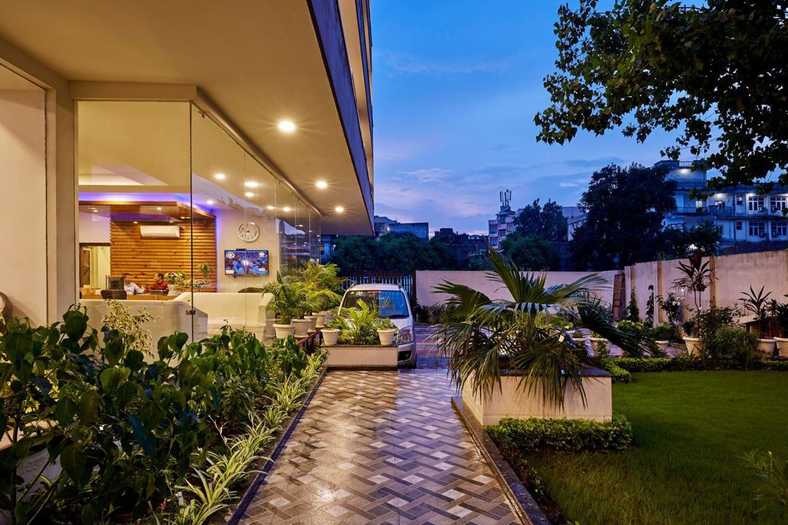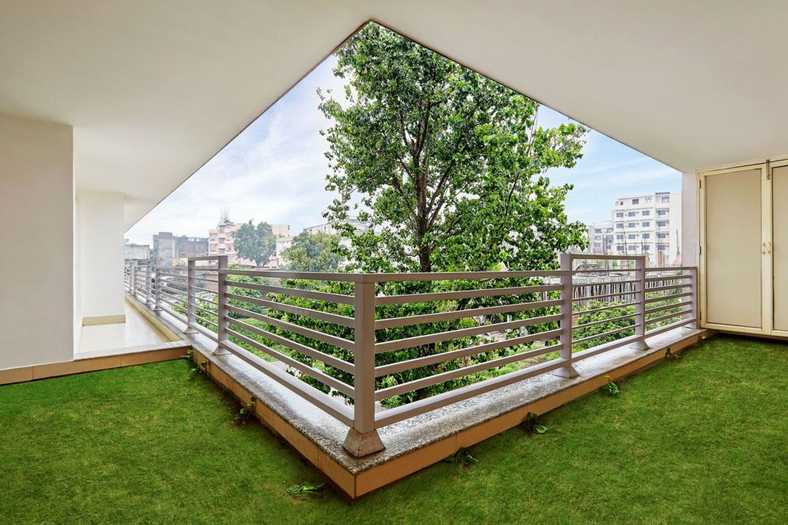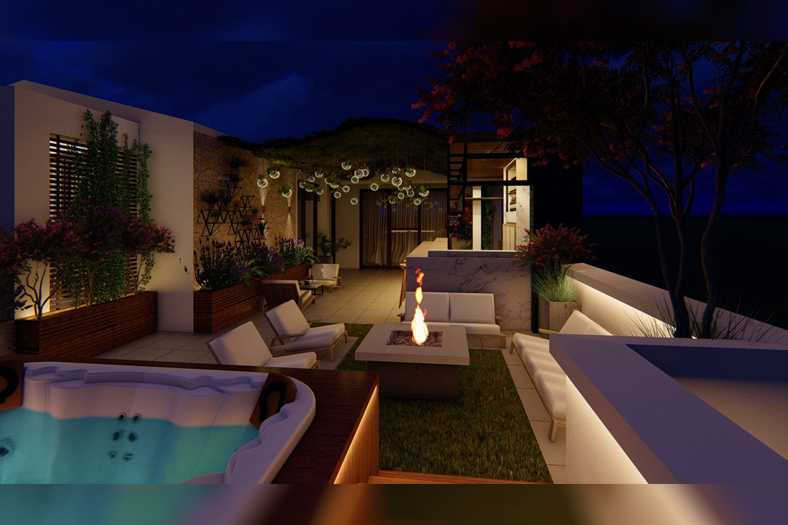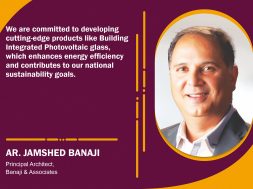Landscape design too is tailored for every site

A key factor customizing the design is the genius-loci of the site which provides the context and guidelines to designers for selecting the appropriate solutions for the site under consideration, says Shweta Kaw, Principal Architect, Studio Meraki.

What makes landscape design important in contemporary times?
The importance of landscape design has been realized the most over the past year. People have realized that spending time outdoors is ideally the key to a balanced life. Be it for exercising, interacting with people, travelling or playing a sport. This fact has been known to humans for decades, but the commercial drivers have prioritized profitability over wellness. But contemporary sustainable landscape design practices will soon change this modus operandi . These practices promote optimal resource utilization, minimizing waste and recycling wherever possible, to achieve long term benefits rather than short term profits.
What are the factors that influence landscape design?
Like building design, landscape design too is tailored for every site. A key factor customizing the design is the genius-loci of the site which provides the context and guidelines to designers for selecting the appropriate solutions for the site under consideration. The use of locally sourced materials and plants by default create a well-balanced ecosystem in line with good sustainable design practices. Designing however, does not stop at selections alone, it takes into account the specific requirements of each site. For e.g., some sites require water harnessing and provide a natural ground for inclusion of swales while others may require layered plantation edging to provide protection from dust laden winds. The factors affecting the design strategy may vary from site to site depending on the requirements of the parcel of land.

How can landscape design add an element of grandeur to the individual properties they usually surround?
By default, human civilization has been investing heavily in the construction of the buildings it inhabits, but not the natural habitat to which has led to the genesis of the civilization and its procreation in the first place.
Landscaped green areas wrapping around the built structures provide that very habitat to mankind. Integrating landscaped greens within the spatial planning of the built structures visually and physically adds to the expanse of the space. In fact, the two cannot be seen in isolation as they share a symbiotic relationship amongst themselves which goes to suggest that the development of one complements the growth of the other.
How does the definition of landscape design get altered in the urban areas dominated by skyscrapers?
When we read the term ‘landscape design’ we tend to think of green pockets of land on the ground plane. However, with the ever-increasing population trends and the incremental pressure on land, buildings have grown taller while landscape design for most has been limited to the ground plane. This loop-sided relationship between the two tends to create a disconnect between them rather than integrating the two into a single entity. Experiencing the greens in this scenario limits itself to a visual connection while the physical co-relation is minimized. With the global trend of ‘no carbon footprint’ designs, attempts are being made to balance out these unequal scales with the introduction of multi-level green spaces, vertical greens and spill over areas which cater to the increased demands and pressures while safeguarding a sustainable habitat for our present and future well-being.

What are some of the important tools and materials needed to carve an aesthetically pleasing landscape design?
People usually think of landscape design as a plantation. Contrary to the common view, there are numerous components to landscape design and it is the sum of these parts that complete the whole landscape. Selection of plants, trees, ground covers, hedges, soil type, pavers, stones, gravels, chippings, pots and planters, decking, fence panels, trellis and screenings are just a few to name. The spatial planning of these elements is the key to creating a harmonious outdoor setting. But creating the landscape is not enough, it also requires maintenance over time for which several tools like garden shredders, scarifiers and tillers, trimmers, pressure washers and more are readily available. The choice and selection of the materials and tools is of course determined based on the specificities of the project.
25
Cookie Consent
We use cookies to personalize your experience. By continuing to visit this website you agree to our Terms & Conditions, Privacy Policy and Cookie Policy.









